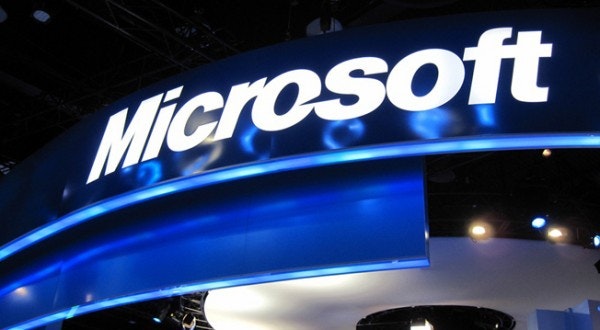Glasses, watches, and even rings have been confirmed or rumored to be in the works for some of the largest tech companies — and now that company list has expanded. The Wall Street Journal recently reported that Microsoft Corporation (NASDAQ:MSFT) may throw its hat into the wearable computing ring.
Since many of Microsoft Corporation (NASDAQ:MSFT)’s competitors are likely to be prototyping wearable computers, it makes sense for the company to look into it as well. But let’s take a look at a few examples as to why this may not be the best time for the Windows maker to try its hand at a new market.

Watch where you’re going
As WSJ reported, Microsoft has supposedly asked component makers to send them 1.5 inch displays for a possible smartwatch product. This doesn’t prove the company is building a such a device, but it’s not a stretch to speculate that it is. Apple Inc. (NASDAQ:AAPL) has been suspected of testing a watch and rival Samsung has publicly said that it’s working on one. Microsoft Corporation (NASDAQ:MSFT) obviously wouldn’t want to be left out of this game.
But there’s one problem Microsoft faces in this new market — it still hasn’t proven it can make it in mobile. Microsoft is in a battle with Research In Motion Ltd (NASDAQ:BBRY) for smartphone OS market share, and IDC data shows Windows Phones only grabbed 2.6% of smartphone shipments in 2012.. According to IDC, growth is expected be strong for Windows Phones over the next four years. But Mr. Softy needs consumers to actually want current devices that run on the company’s mobile OS now, before it tries to sell a new device in a new market on an OS that many people don’t want right now.
The same could be said about the Surface tablets. In 2013, IDC expects Surface tablets to make up just 2.8% of the market, and they’re expected to take just 7.4% by 2017. The tablets are Microsoft Corporation (NASDAQ:MSFT)’s foray into building its own hardware, and if it can’t get the tablet market right — which is ripe for the picking — than investors should have serious doubts about launching into yet another new market.
One step behind
Another glaring issue for Microsoft Corporation (NASDAQ:MSFT) is that the company has been following the pack leaders lately, instead of leading the charge. The Redmond company failed to capture the attention of consumers when MP3 players were the it technology. Microsoft’s Zune came onto the scene much too late, with little fanfare and it faded away not because people didn’t want MP3 players, but because they didn’t want the Zune.
When Apple launched the iPhone in 2007, Steve Ballmer famously said, “There’s no chance that the iPhone is going to get any significant market share. No chance.” Again, the touchscreen smartphone market was another missed opportunity for the company, and Ballmer and his team have been playing catch up ever since. When it came to tablets, Microsoft Corporation (NASDAQ:MSFT) built and launched its own device more than two years after Apple Inc. (NASDAQ:AAPL). In mobile-speak, two years might as well be 20 years.
The research firm Gartner Inc (NYSE:IT) speculates that the wearable computing market will hit $10 billion by 2016. Google Inc (NASDAQ:GOOG) so far is the only one that is leading the pack with product demonstrations, a website, and a rough target date for its wearable computing device, Google Inc (NASDAQ:GOOG) Glass.
Investors keen on getting into the wearable computing trend should be skeptical that Microsoft Corporation (NASDAQ:MSFT) will become a huge player in the market — at least at first. The company has yet to prove that it can be a dominant force in the mobile market, which leads me to believe that it’ll yet again fall behind the competition.

